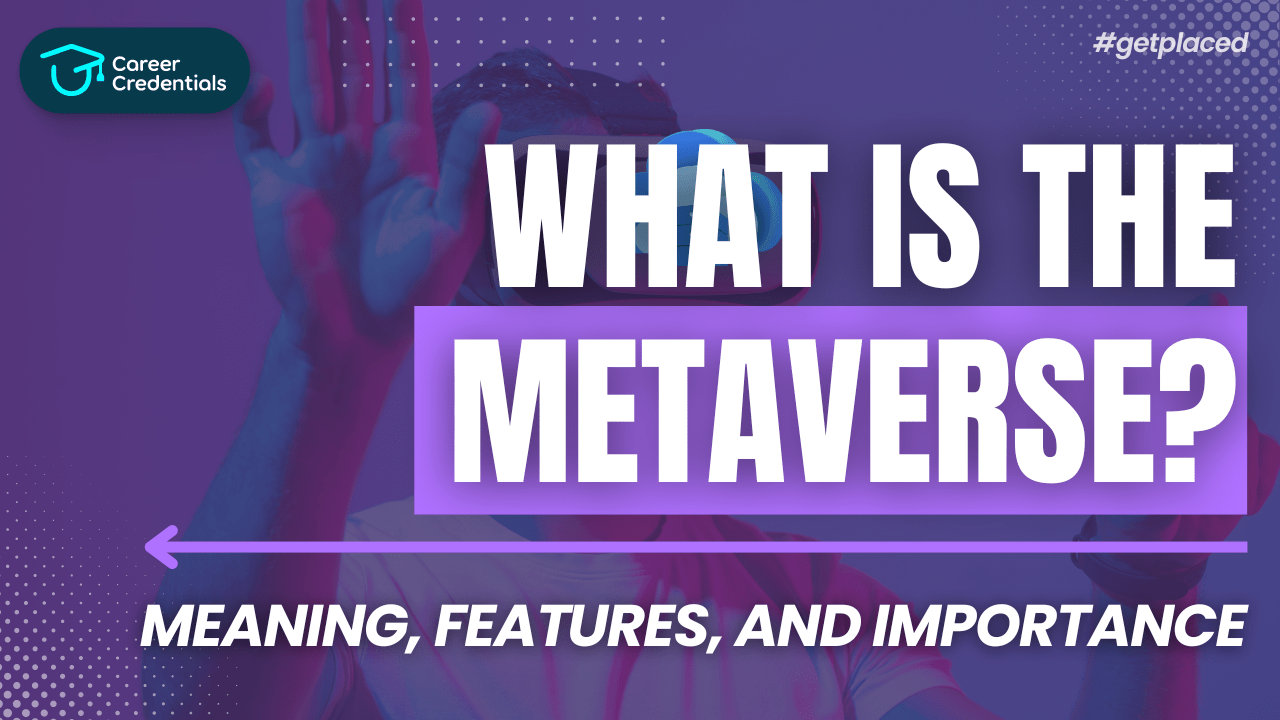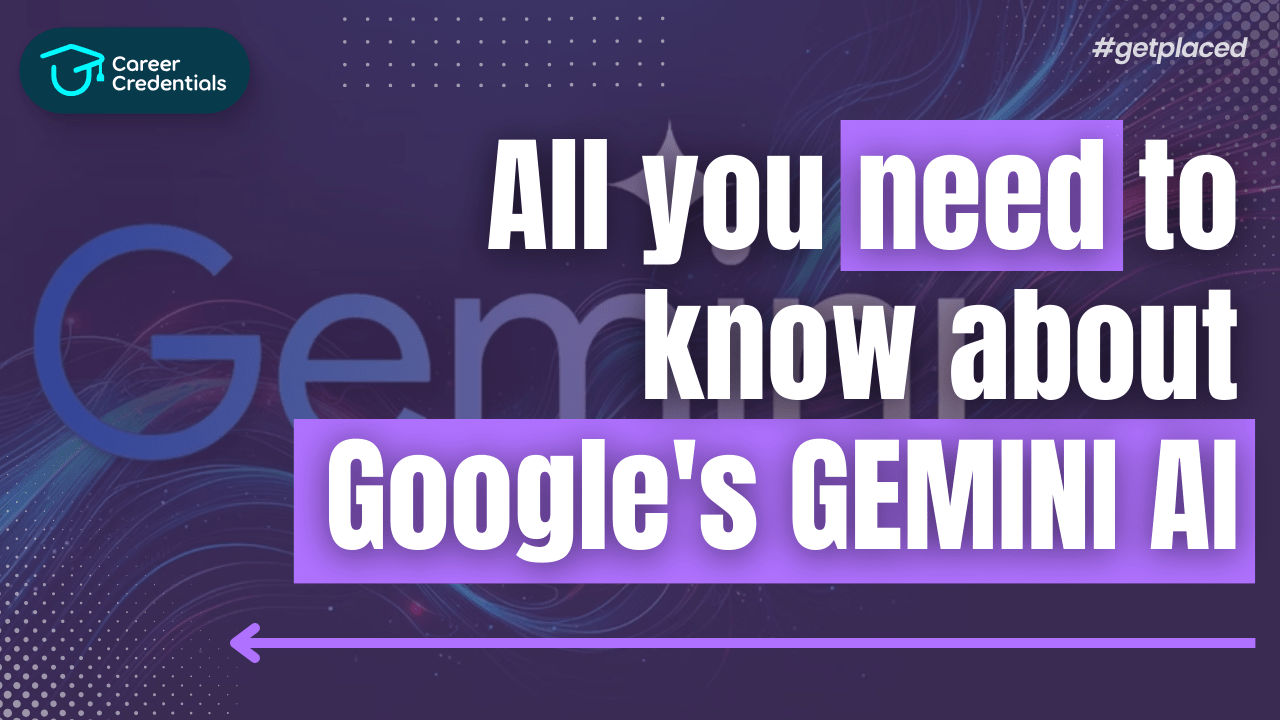How Artificial Intelligence is Used in Stock Trading

Artificial intelligence (AI) has progressively cemented its place in the financial world, transforming how trades are executed and investments are managed. The global AI trading market, valued at $18.2 billion in 2023, is projected to nearly triple by 2033, underscoring the significant role AI plays in modern trading. This blog delves into how AI is reshaping the trading landscape, the key players driving this change, and the benefits and risks associated with AI trading.
Understanding AI Trading
AI trading broadly refers to using artificial intelligence, predictive analytics, and machine learning to analyze historical market and stock data, generate investment ideas, build portfolios, and automatically execute trades. This technology leverages various sophisticated techniques to enhance trading efficiency and accuracy.
How AI Stock Trading Works
AI trading companies utilize several AI tools to interpret the financial market, predict price changes, identify reasons behind price fluctuations, carry out sales and trades, and monitor the dynamic market. There are several types of AI trading, each with unique methodologies and applications:
- Quantitative Trading (Quant Trading): This method uses quantitative modeling to analyze the price and volume of stocks and trades, identifying the best investment opportunities. Investors use quantitative trading for major transactions involving large volumes of shares due to its advanced capabilities.
- Algorithmic Trading (Algo-Trading): In this approach, stock investors use algorithms that make decisions based on historical data to execute trading decisions. These algorithms apply machine learning and deep learning to analyze market trends and financial news before making trades incrementally.
- High-Frequency Trading: This involves buying and selling large quantities of stocks and shares rapidly. High-frequency trading relies on high-powered computers that can simultaneously analyze multiple markets and execute millions of trades in a few seconds, giving investors a competitive edge.
- Automated Trading (AI Trading): Automated trading executes trades using pre-programmed instructions, operating on more basic trading strategies than algorithmic trading.
- Arbitrage Trading: This exploits market inefficiencies by buying an asset in one market and selling it at a higher price in another. AI trading tools can monitor multiple markets simultaneously, quickly identifying price discrepancies and enabling investors to capitalize on these differences for profit.
AI Trading Tools
Investors have numerous AI tools at their disposal, each serving different functions within the trading process:
- Portfolio Managers: These AI tools autonomously select assets to create a portfolio, monitor it, and adjust assets as needed. Investors can also seek financial advice from AI managers by submitting their financial goals and risk tolerance.
- Trading Robots: These are software programs that make trading decisions based on predetermined rules, often consisting of ‘if/then’ statements. Once installed, these robots can autonomously execute trades under specific conditions.
- Signals: AI signals provide automatic alerts when stocks meet specific criteria. Unlike trading robots, signals do not execute trades but notify investors, who can then decide whether to act.
- Strategy Builders: Investors can train these AI tools to follow their custom rules. Strategy builders can be backtested using historical market data to simulate their strategies and fine-tune them before handling real-world trades.
AI Trading Techniques
Beyond executing trades, AI significantly contributes to other parts of the investing process:
- Data Mining: This involves compiling and analyzing vast amounts of data to identify trends and patterns. AI can gather historical data and extract insights on past stock market behavior, aiding in smarter trading decisions.
- Sentiment Analysis: AI analyzes online financial-related activity, including social media discussions and news platforms, to gauge market behavior and inform trading decisions.
- Real-Time Analysis: Algorithms analyze data as soon as it is produced to determine market patterns and trends, providing investors with actionable insights for faster trades.
- Predictive Modeling: This method uses past data to forecast future trends. AI algorithms process millions of transactions to predict stock market behavior, helping investors plan for market volatility.
- Risk Modeling: AI technologies create risk models to assess the possibilities of different events based on historical data. Investors can use these models to evaluate the riskiness of an investment and adjust their portfolios accordingly.
- Stress Testing: This involves testing an investment strategy on historical data or through simulations to see how it performs under various conditions, allowing investors to proactively manage risks.
- Backtesting: Investors test an investment strategy using historical data before applying it to real-world trades. This helps fine-tune strategies by assessing their performance with virtual capital.
- Benchmarking: AI tools compare investment strategies to stock market benchmarks or indices, helping investors contextualize their financial standing and improve their strategies if needed.
Benefits of AI Trading
AI trading offers several benefits that enhance trading efficiency and effectiveness:
- Reducing Research Time and Improving Accuracy: AI automates research and data-driven decision-making, allowing investors to focus more on executing trades and advising clients. AI’s reliance on historical financial data also reduces human error and improves accuracy.
- Predicting Patterns: AI uses sentiment analysis to gather information from news outlets and social media, predicting market swings and investor behavior.
- Stronger Risk Management: AI tools automate data collection and build predictive models based on historical data, helping investors weigh the likelihood of various outcomes and adjust their strategies to mitigate risks.
- Lowering Costs: While implementing and maintaining AI incurs costs, over time, firms and investors can reduce overhead expenses. AI algorithms can continuously monitor the stock market, replicating tasks traditionally performed by brokers, analysts, and advisors.
Risks of AI Trading
Despite its advantages, AI trading has potential downsides:
- Less Transparency: AI technologies perform complex calculations quickly, making it difficult for humans to understand how trading decisions are made. This raises ethical questions and concerns about the regulation of AI in the stock market.
- Over-Reliance on Historical Data: While historical data can predict future market behavior, it isn’t foolproof. Unprecedented events can introduce volatility that historical data cannot account for, potentially leading to over-reliance on past trends.
- Larger-Scale Errors: As trading speeds increase, so do the opportunities for software errors. A single line of inaccurate code can cause significant issues when multiplied across thousands of trades.
- Cybersecurity Concerns: AI trading tools are targets for cyberattacks, leading to data breaches and financial instability. Malicious actors could manipulate AI algorithms to destabilize financial markets, emphasizing the need for robust security measures.
Conclusion
AI trading is undeniably transforming the financial landscape, offering enhanced efficiency, accuracy, and risk management. As the technology evolves, its impact on trading will likely grow, bringing both opportunities and challenges. Investors and institutions must navigate these changes carefully, balancing the benefits of AI with the potential risks to ensure a secure and profitable trading environment.
Confused About Your Career?
Don't let another opportunity pass you by. Invest in yourself and your future today! Click the button below to schedule a consultation and take the first step towards achieving your career goals.
Our team is ready to guide you on the best credentialing options for your aspirations.
Let's build a brighter future together!
Empower Yourself. Elevate Your Career at Career Credentials Where Education meets Ambition.




